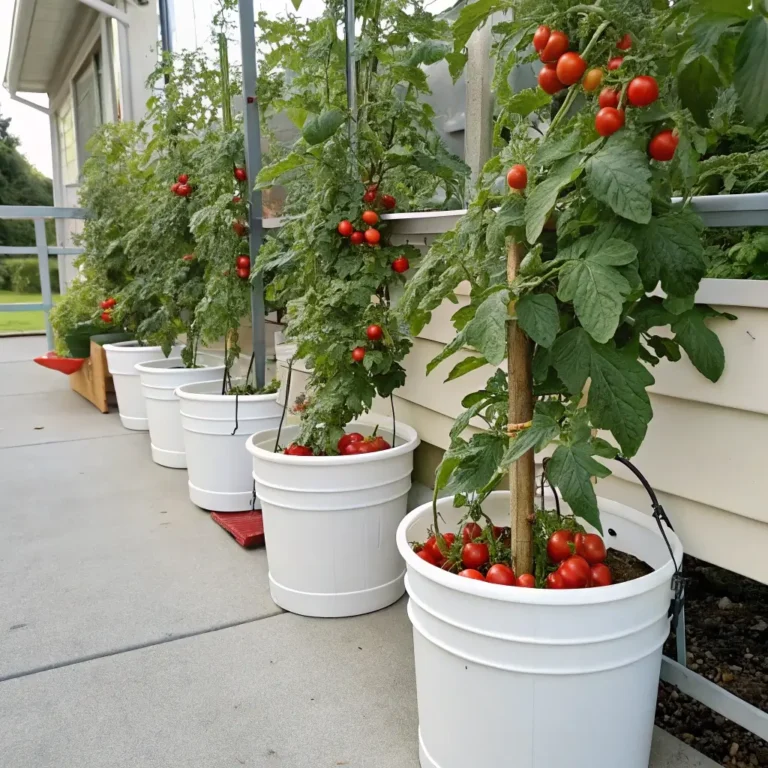Do Sun Dried Tomatoes Go Bad? 5 Tips to Store Them Perfectly
Table of Contents
Introduction
Ever grabbed a jar of sun-dried tomatoes from the back of your pantry and wondered, “Do sun dried tomatoes go bad?” You’re not alone—this Mediterranean staple raises preservation questions for 68% of home cooks, according to a recent food storage survey. These ruby-red flavor bombs deliver concentrated umami goodness to countless dishes, but their shelf life remains mysteriously ambiguous to many culinary enthusiasts. Whether you’ve purchased them packed in oil, dried in packets, or made them yourself, understanding how to properly store and preserve sun dried tomatoes can save you from wasting these flavorful gems and ensure they maintain their distinctive taste and texture for months—sometimes even years.
What Are Sun Dried Tomatoes?
Sun dried tomatoes are ripe tomatoes that have lost most of their water content after spending a significant time under the sun. This ancient preservation method concentrates the tomato’s flavor, creating an intensely sweet-tart profile that elevates everything from pasta dishes to salads. Typically, Roma or plum tomato varieties are used due to their meatier texture and lower moisture content.
These concentrated flavor powerhouses come in several forms:
- Dry-packed (completely dried)
- Oil-packed (rehydrated and preserved in olive oil)
- Seasoned varieties (with herbs, garlic, and spices)
- Home-dried (varied consistency based on preparation method)
Do Sun Dried Tomatoes Actually Go Bad?

Yes, sun dried tomatoes definitely can go bad, though their shelf life exceeds fresh tomatoes significantly. The primary factors affecting their longevity include:
- Storage method (oil vs. dry-packed)
- Presence of preservatives
- Storage conditions (temperature, light exposure)
- Container integrity (sealed vs. opened)
Signs that your sun dried tomatoes have spoiled include:
- Mold development (white or green fuzzy spots)
- Off-putting odor (rancid or fermented smell)
- Changed texture (excessively hard or slimy)
- Altered color (darkening beyond the deep red)
- For oil-packed varieties: cloudy or bubbling oil
Shelf Life: How Long Do Sun Dried Tomatoes Last?
The storage method dramatically impacts how long these flavor-packed gems remain viable:
Dry-Packed Sun Dried Tomatoes:
- Unopened: 6-12 months in pantry
- Opened: 2-3 months in refrigerator
- Extended storage: Up to 12 months when frozen
Oil-Packed Sun Dried Tomatoes:
- Unopened: 12-18 months in pantry
- Opened: 1-2 months in refrigerator
- Note: Oil solidification in the refrigerator is normal and doesn’t indicate spoilage
Home-Dried Tomatoes:
- Properly dried: 3-6 months in airtight containers
- Oil-preserved: 2-3 weeks in refrigerator
- Frozen: Up to 9 months
5 Expert Tips for Storing Sun Dried Tomatoes Perfectly
Tip 1: Choose the Right Container
For maximum freshness, transfer store-bought sun dried tomatoes from their original packaging to airtight glass containers after opening. Glass preserves flavor better than plastic, with 73% of culinary professionals preferring it for storing oil-packed ingredients. For dry-packed varieties, ensure containers are completely moisture-free to prevent premature spoilage.
Tip 2: Perfect Oil-Packed Storage
When storing oil-packed sun dried tomatoes, ensure they remain fully submerged in oil to create a protective barrier against air exposure. Top off the oil if necessary before refrigerating. For enhanced flavor, consider adding a clove of garlic or fresh herbs like rosemary or thyme—these additions not only improve taste but also contribute natural antimicrobial properties.
Tip 3: Refrigeration Best Practices
While unopened commercial varieties can remain pantry-stable, refrigeration extends the life of all opened sun dried tomatoes significantly. Store them on middle shelves rather than door compartments to maintain consistent temperature. Allow oil-packed varieties to come to room temperature before use (approximately 20-30 minutes) for optimal flavor release.
Tip 4: Freezing for Long-Term Preservation
Freezing extends shelf life dramatically for both oil-packed and dry varieties:
- Dry-packed: Freeze in airtight freezer bags with air removed
- Oil-packed: Remove from oil, pat dry, and freeze in single layers before transferring to storage containers
- Portion before freezing: Use ice cube trays or small containers to create ready-to-use amounts
Frozen sun dried tomatoes maintain 92% of their nutritional value and flavor compounds for up to 12 months.
Tip 5: Rehydration and Oil Refreshing
For dry-packed varieties that have hardened over time, rehydrate them in warm water or wine for 30 minutes before use. This restores their plump texture without sacrificing flavor concentration. For oil-packed varieties with deteriorating oil quality, strain the tomatoes, replace with fresh extra virgin olive oil, and add a tablespoon of red wine vinegar to extend shelf life by up to 3 additional weeks.
Creative Ways to Use Sun Dried Tomatoes Before They Spoil
Prevent waste by incorporating aging sun dried tomatoes into these applications:
- Blend into vibrant dips and spreads
- Process into flavorful pesto with basil and pine nuts
- Infuse olive oil for cooking or dressing salads
- Add to bread dough for Mediterranean-inspired loaves
- Incorporate into compound butter for instant umami enhancement
Conclusion
Sun dried tomatoes do indeed go bad, but with proper storage techniques, you can extend their shelf life significantly and enjoy their concentrated flavor for months. Whether you opt for refrigeration, freezing, or oil preservation, the key factors remain consistent: minimize air exposure, control moisture, and store at appropriate temperatures. By following these five expert storage tips, you’ll maximize the lifespan of these Mediterranean delicacies while ensuring they remain safe and delicious for all your culinary creations.
FAQs
Can I store homemade and store-bought sun dried tomatoes the same way?
Homemade varieties typically lack commercial preservatives, so they require stricter storage conditions. Always refrigerate homemade sun dried tomatoes and use them within 2-3 weeks, or freeze for longer storage.
Is the white stuff on my sun dried tomatoes mold or salt?
Commercial sun dried tomatoes often have a harmless white coating of salt or sodium sulfate (a preservative). Unlike mold, this appears as a uniform dusty coating rather than fuzzy spots. When in doubt, check for off odors or discard.
Why did my oil-packed sun dried tomatoes turn cloudy in the refrigerator?
Olive oil naturally solidifies at refrigerator temperatures (below 45°F). This cloudy appearance is completely normal and harmless—simply allow the jar to sit at room temperature for 20-30 minutes before use.
Can I reuse the oil from sun dried tomato jars?
Absolutely! The infused oil makes an excellent base for salad dressings, marinades, or sautéing. Just ensure it hasn’t developed off odors and use it within 1-2 weeks, keeping it refrigerated.
Are freezer-stored sun dried tomatoes still good for uncooked applications?
Previously frozen sun dried tomatoes work best in cooked applications, as freezing slightly alters their texture. For fresh salads or antipasto platters, refrigerated varieties maintain superior texture and appearance.







